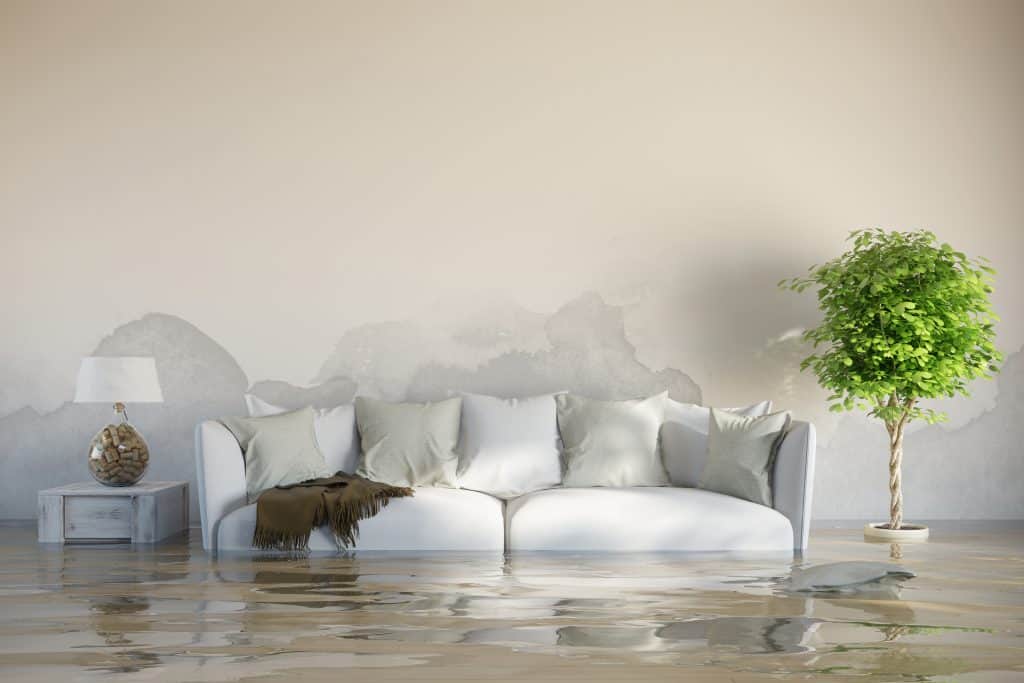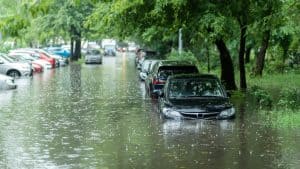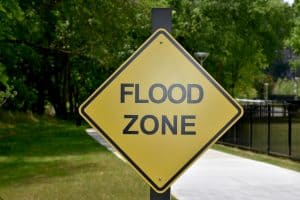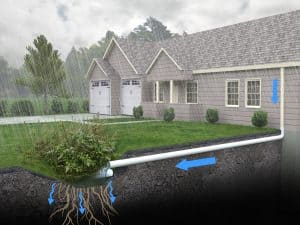7 Tips to Protect Your Home From Flooding

The thought of having your home flood is scary for most people, and unfortunately, it’s an all-too-common situation.
A home might flood for many underlying reasons, including broken pipes, problems with the drainage system, and flooding stemming from extreme weather. Another underlying reason for flooding is appliances that aren’t working properly because they’re broken or not correctly connected.
So what can you do to prevent flooding or protect your home from water damage?
1. Know Your Risk Level
Understanding your risk level is one of the most important things you can do to protect your home and your family from potential flooding. It can flood anywhere, but certain areas are more susceptible than others.
You should understand the flood zone your home is in, or if you can’t find that information, the flood elevation. FEMA has a Flood Map Service Center online where you can find more information about your home’s risk and you can locate flood maps.
2. Assess Your Insurance Coverage Regularly
 While adequate insurance isn’t protective against the events that cause flooding, it will make things easier if you need to repair or rebuild.
While adequate insurance isn’t protective against the events that cause flooding, it will make things easier if you need to repair or rebuild.
You want to make sure that even if you’re in a low or moderate-risk flood zone, you’re still insuring your home and belongings.
A standard homeowner’s insurance policy won’t provide coverage for flood damage, and around 25% of all flood insurance claims are from properties not in a high-risk zone.
3. Grade Your Lawn Away from the House
If you have a lawn with a tilt towards your house, it can lead to the pooling of rainwater. Regrade your lawn and use heavy soil with clay and sand so that any runoff will empty somewhere like a street gutter.
4. Install a Sump Pump or Foundation Vents
Foundation vents can flood-proof your house by letting water flow through it instead of pooling around it. This creates an outlet for floodwater and alleviates the pressure on your basement’s walls and windows.
A sump pump can also pump water out of a basement, which is the site of flooding in many cases.
If you have a sump pump with a backup battery, it’ll keep working even if a storm knocks the power out.
If you install a sump pump in your basement, you can take that a step further by installing drain plugs for your basement floor drains, which helps prevent the sewer from backing up. You can also install sewer backflow valves for pipes that enter the house.
5. Maintain Your Drainage

Take time to regularly clean your gutters, downspouts, and splash pads and maintain them so that rainwater from the roof can easily flow away from the structure of your house. You also want to check on nearby storm drains or drainage ditches to ensure they’re debris-free and working as they should.
6. Seal Your Basement and Foundation
If your foundation has cracks, seal them with mortar and masonry caulk. You can also use hydraulic cement, which fills in gaps. Seal your basement walls as well to prevent seepage.
7. Protect Utilities
Finally, you want to ensure your utility and service equipment is as protected as possible. You can check your heating, air conditioning, and ventilation systems and move the main components to somewhere higher off the ground. You can also consider raising major appliances like your washer and dryer above the ground floor.
Also, consider raising your electrical outlets and switches at least a foot above flood level, which helps prevent serious electrical damage if there is a flood.
